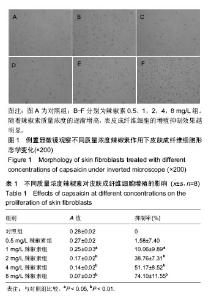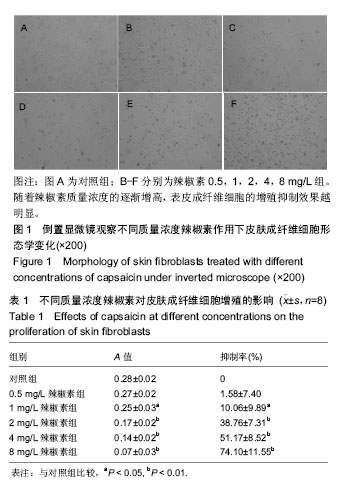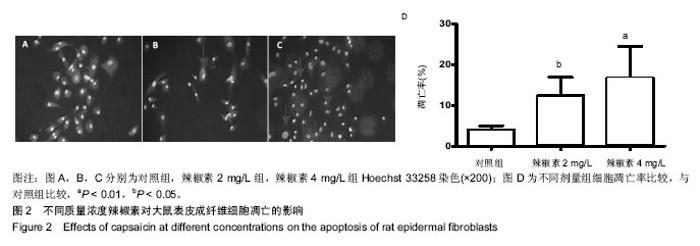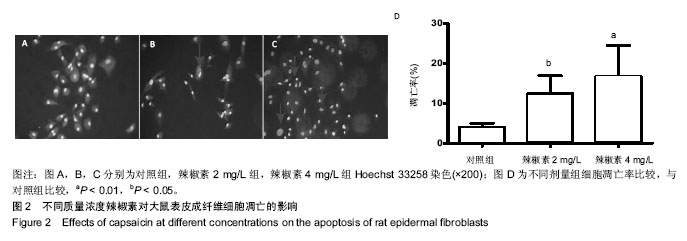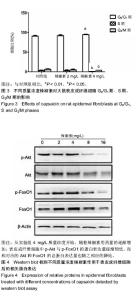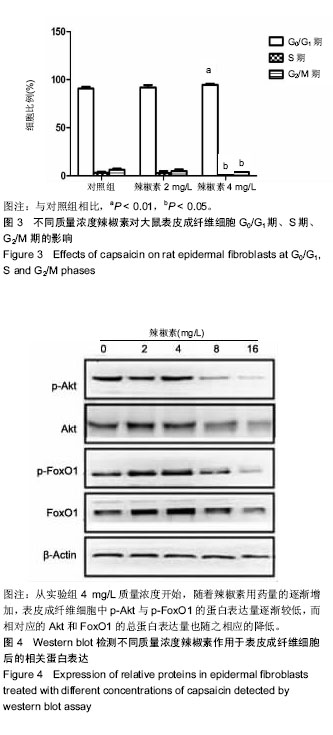| [1] Xu X, Lai L, Zhang X,et al. Autologous chyle fat grafting for the treatment of hypertrophic scars and scar-related conditions. Stem Cell Res Ther.2018;9(1): 64.[2] Tang M, Wang W, Cheng L,et al.The inhibitory effects of 20(R)-ginsenoside Rg3 on the proliferation, angiogenesis, and collagen synthesis of hypertrophic scar derived fibroblastsin vitro. Iran J Basic Med Sci. 2018;21(3):309-317.[3] Austin E, Koo E, Jagdeo J. The Cellular Response of Keloids and Hypertrophic Scars to Botulinum Toxin A: A Comprehensive Literature Review. Dermatol Surg. 2018;44(2):149-157.[4] Ouyang HW, Li GF, Lei Y, et al. Comparison of the effectiveness of pulsed dye laser vs pulsed dye laser combined with ultrapulse fractional CO2 laser in the treatment of immature red hypertrophic scars. J Cosmet Dermatol. 2018; 17(1):54-60.[5] Ghazawi FM, Zargham R, Gilardino MS,.et al.Insights into the Pathophysiology of Hypertrophic Scars and Keloids: How Do They Differ? . Adv Skin Wound Care. 2018;31(1):582-595.[6] Samaras DJ, Kingsford AC.Surgical management of extensive hypertrophic scarring of the halluces secondary to a decade of untreated onychocryptosis: An illustrative case report. SAGE Open Med Case Rep. 2017 Nov 6;5:2050313X17740514.[7] Huang XF, Xue JY, Jiang AQ, et al.Capsaicin and its analogues: structure-activity relationship study. Curr Med Chem. 2013;20(21):2661-2672.[8] Prodromidou A, Frountzas M, Vlachos DE, et al. Botulinum toxin for the prevention and healing of wound scars: A systematic review of the literature. Plast Surg (Oakv). 2015; 23(4):260-264.[9] Joshi RS. In-the-bag decentration of an intraocular lens in a patient with a tendency to hypertrophic scarring. Digit J Ophthalmol. 2016;22(1):28-31.[10] Finnerty CC, Jeschke MG, Branski LK,et al. Hypertrophic scarring: the greatest unmet challenge after burn injury. Lancet. 2016;388(10052):1427-1436[11] Akhtar F, Muhammad Sharif H, Arshad Mallick M,et al.Capsaicin: Its biological activities and in silico target fishing. Acta Pol Pharm. 2017;74(2):321-329.[12] Ma D, Li S, Cui Y, et al. Paclitaxel increases the sensitivity of lung cancer cells to lobaplatin via PI3K/Akt pathway. Oncol Lett. 2018;15(5):6211-6216.[13] Liu Q, Zhang FG, Zhang WS, et al.Ginsenoside Rg1 Inhibits Glucagon-Induced Hepatic Gluconeogenesis through Akt-FoxO1 Interaction. Theranostics. 2017;7(16):4001-4012.[14] Gao Y, Liao G, Xiang C, et al.Effects of Phycocyanin on INS-1 Pancreatic β-Cell Mediated by PI3K/Akt/FoxO1 signaling pathway. Int J Biol Macromol. 2016;83:185-194.[15] Hao F, Kang J, Cao Y, et al.Curcumin attenuates palmitate-induced apoptosis in MIN6 pancreatic β-cells through PI3K/Akt/FoxO1 and mitochondrial survival pathways. Apoptosis. 2015;20(11):1420-1432. |
